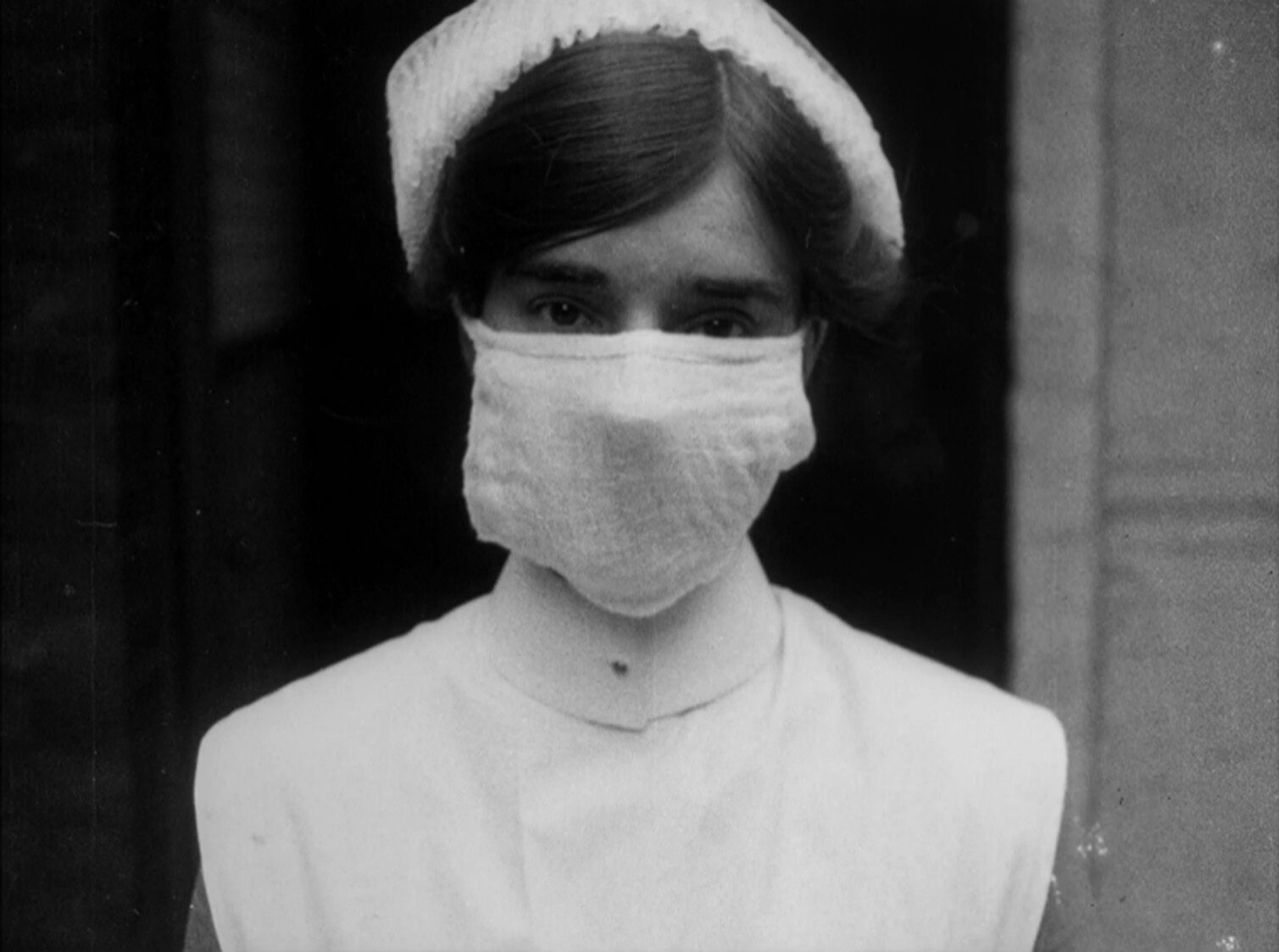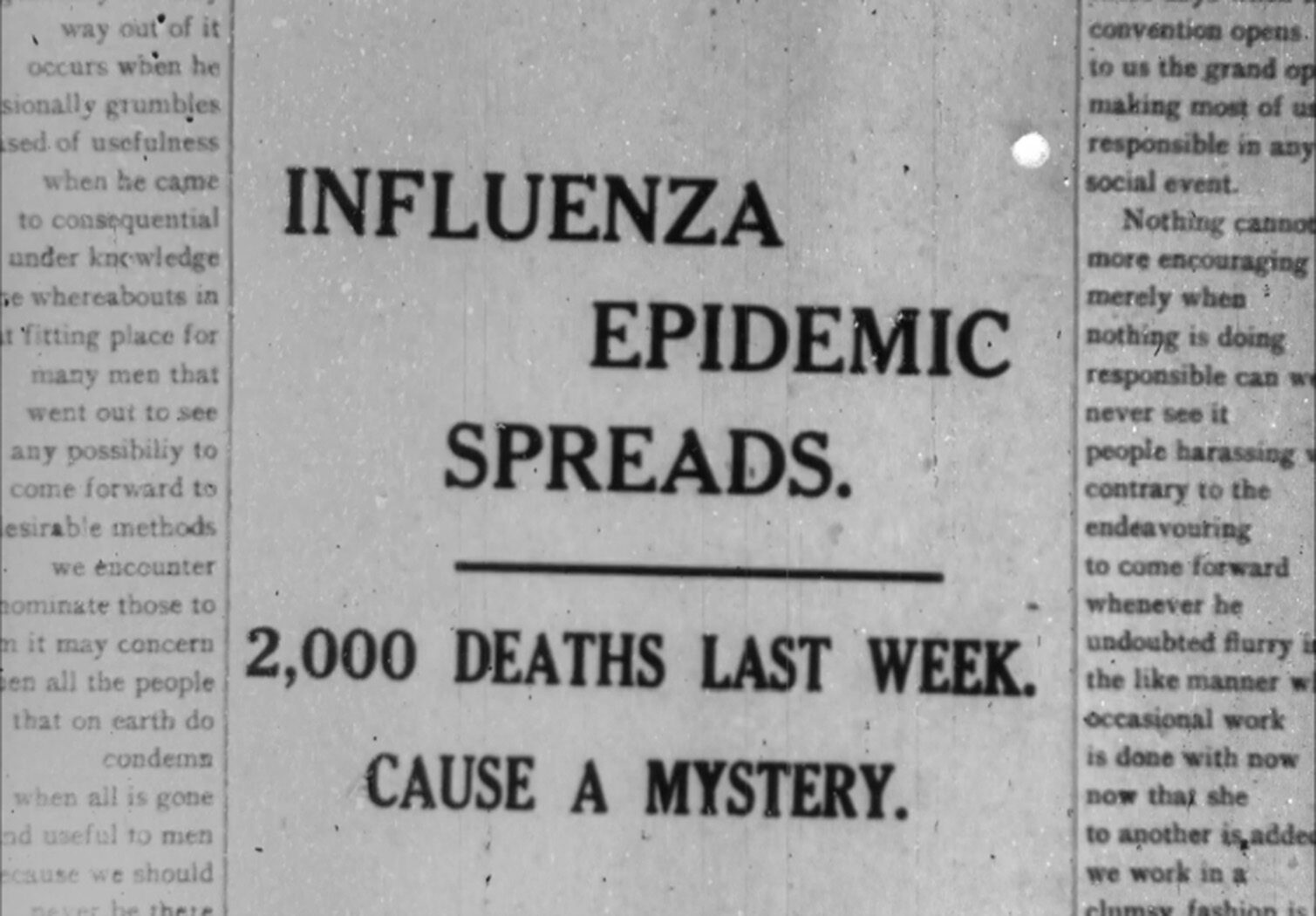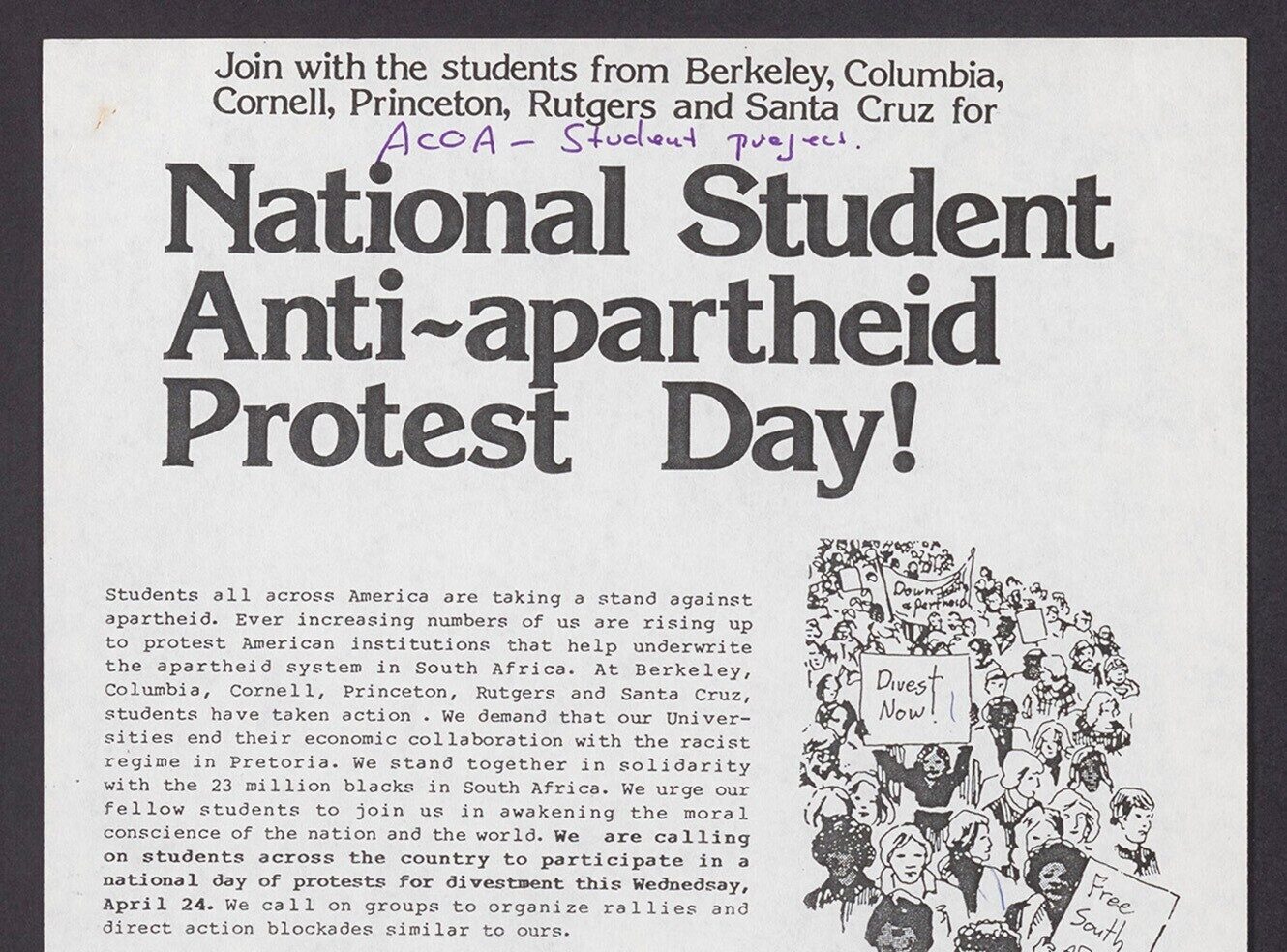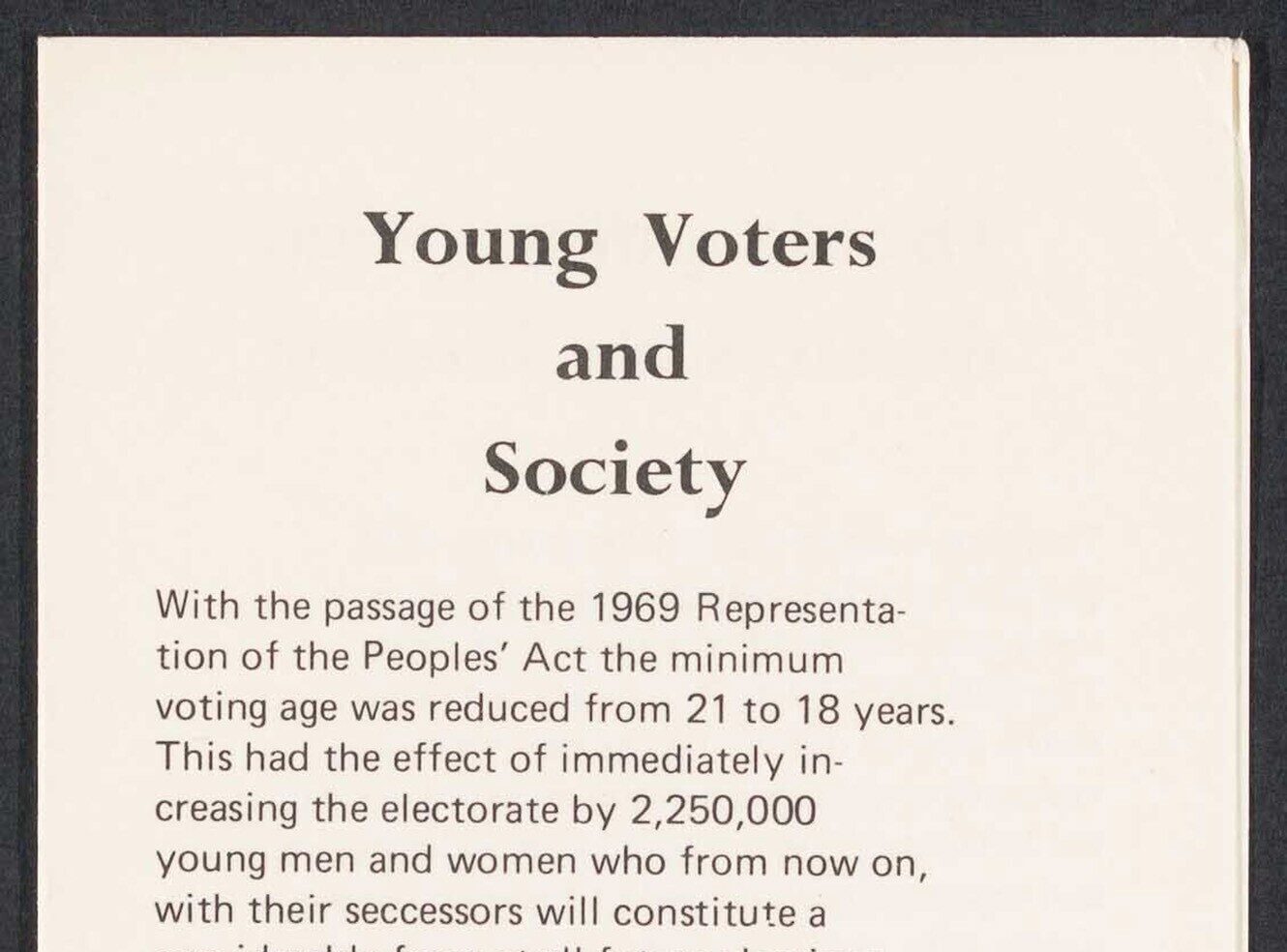Dr Wise is here to advise! Contemporary reflections on Global Epidemics

BFI, Dr Wise on Influenza, 1919
It’s an arresting image, and one that dominates the banner for AM’s A Global History of Epidemics, 1800-1970. The still, taken from the 1919 silent film Dr Wise on Influenza is part of a segment demonstrating how to create a mask to prevent the spread of infection during the Great Influenza pandemic. More than this though, the surgical mask in the film symbolises something other than just a face covering: a social responsibility.
Due to the First World War, the idea of social responsibility was already woven into the fabric of society in the early twentieth century. Soldiers returned from war donning face masks, already prepared to fight another cause. This message of social responsibility was extended into government sponsored public information films released at a similar time. One film in particular, Dr Wise on Influenza, chose to prioritise fictionalised story-telling interspersed with instructions at a time when around 2,500 people were dying every week in London alone.

BFI, Dr Wise on Influenza, 1919
Interestingly, this film and those similar in the collection, are worth considering alongside short films broadcast during another global outbreak: the 2019 Coronavirus pandemic (COVID-19). Audiences in 1919 would have viewed films such as Dr Wise in places such as local cinemas, education centres, hospitals and military bases meaning that they would likely only view these shorts once. In 2019, Coronavirus guidance was regularly televised to individual homes and so the campaigns were significantly shorter. The stylistic choices in both campaigns reflect this.
The advice in the 18-minute Dr Wise film centres on avoiding ill-ventilated places, isolating when unwell, prioritising fitness and breathing through the nostrils with the mouth closed. A familiar set of instructions to the Coronavirus guidance to keep six feet apart and self-isolate. Instead of the fictional Dr Wise in a lecture hall, contemporary viewers had Chief Medical Officers and government officials. In 2019, notifications prioritized shorter catchphrases: ‘Stay home, Save lives’, and ‘Hands, Face, Space’ whereas Dr Wise ends with a handwritten chalkboard notice reminding audiences that it will take ‘every person’ to keep Influenza under control.

BFI, Dr Wise on Influenza, 1919
Despite the century age gap and subsequent medical advancements across the twentieth century, the messages in the public health notices for both pandemics remain similar and reinforce the actions of the individual in society as the key to health success.
Dr Wise on Influenza is one of, if not the only surviving British film record on the 1918 Influenza pandemic, highlighting this public information film as a primary source of even more importance.
For more information about A Global History of Epidemics, 1800-1970, including free trial access and price enquiries, please email us at info@amdigital.co.uk. The film included in the article is Dr Wise on Influenza (1919) and is available open access for 30 days.
Recent posts

The blog highlights American Committee on Africa, module II's rich documentation of anti-apartheid activism, focusing on the National Peace Accord, global solidarity, and student-led divestment campaigns. It explores the pivotal role of universities, protests, and public education in pressuring institutions to divest from apartheid, shaping global attitudes toward social justice and reform.

This blog examines how primary sources can be used to trace the impact of young voices on society, particularly during pivotal voting reforms in the UK and the US. Explore materials that reveal insights into youth activism, intergenerational gaps, and societal perceptions, highlighting their interdisciplinary value for studying youth culture, activism, and girlhood across history.
